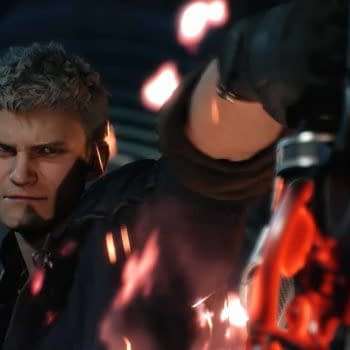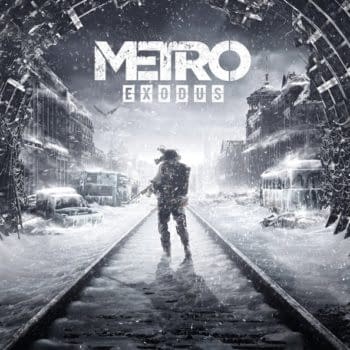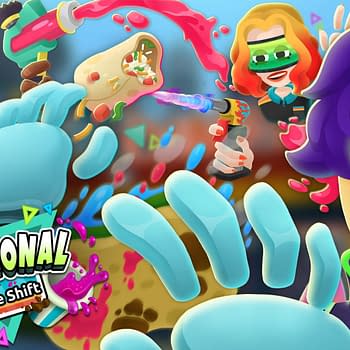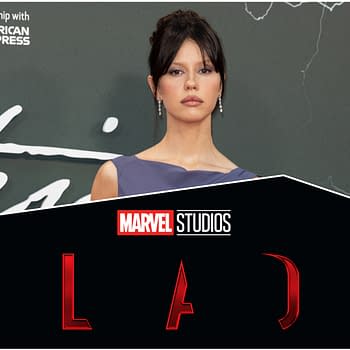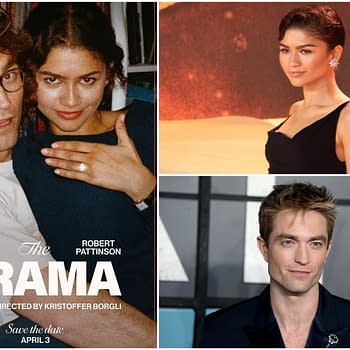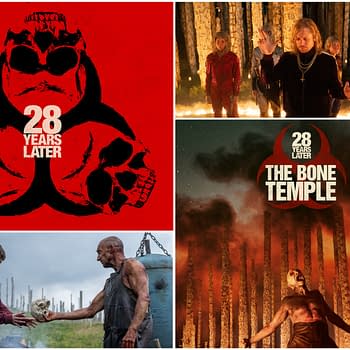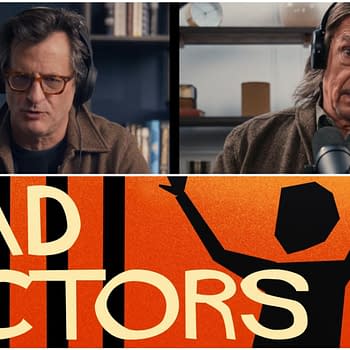Posted in: Games, Movies, Video Games | Tagged: activision, entertainment, games, osome, Osome Studios, video games, white night
White Night Interview: Talking Noir, Horror, Cliche And Fixed Cameras
Over the last few nights, I've been exploring an old, spooky mansion trying to piece together the forgotten shadow of a broken family, stalking through the halls in a black and white view of the American depression. As it turns out though, I'm not the only thing doing the stalking as the monstrosities that occurred years prior linger in the house.
While it is not without its frustrations, there is something rather admirable about what Osome studios has done with White Night. It's drawing from some real classic adventure and survival-horror titles, while also doing something unique in the way it presents itself.
That is why I was quite excited when I got the chance to ask Ronan Coiffec, Creative Director on the White Night, a few questions. We talked about the genre's the game draws from, both noir and horror films, but also Resident Evil style fixed cameras and survival horror mechanics.
With out, further ado, here is what we got up to:
PD: What is it about noir that attracted you to make a whole game in the style?
RC: While we were designing the game, we really wanted to create something consistent for all its components. The art direction had to match the gameplay and vice versa. It also meant that we wanted the narration to be linked to this duality. The Film Noir genre quickly came up as a good way to bind everything together. Film Noir movies carry a lot of symbolism and meaning about light, in the way scenes are created. This would give us a deep and relevant universe to create a narration and interesting plays of light.
The noir genre, particularly in film, has been parodied so many times, it can be very easy to fall into cliche. Were you mindful of this when you were writing and designing the game?
Of course! We didn't want to fall into clichés and simplicity. To break away from it, we did a lot of research work on that era, after the crisis, to give more credibility to our work, and to make it part of the reality of those times. In the same way, each item in the game was designed based on research we made about that period (clothing, cars, objects, etc.). This comprehensive work allowed us to recreate a rich universe, while still making it specific to White Night.
Why do you think horror is such a good bedfellow with the noir look and narrative story telling?
Film Noir and horror movies are very close in the sense that they both play a lot around codes, symbolism and metaphors. Telling a story about the search for answers in a dark, intriguing and believable world was a very good basis for our work on the narration.
The game features fixed camera angles, ala Resident Evil 1. Why did you make this choice? It can be notoriously difficult to control avatars with that staging. How did you work around this?
Yes, you explore White Night in a space which is split into fixed camera angles, but there is some flexibility. That's a choice we made to avoid the FPS way of doing on the one side, but also because we wanted–maybe with a bit of nostalgia–to get back to what people did with the early survival-horror games. We believe the fixed camera angles are a good way to enforce the feeling of a "presence" behind the camera, as with movies. This allowed us to create strange point of views, which can be intimidating, intrusive even, and it adds a lot to the movie aspect and to the overall feeling of oppression.
It didn't take us long to be well aware of the potential issues of moving the character with a fixed camera, and we believe we managed to make the controls more intuitive, less frustrating than before. In order to do so, we used a movement system that is "relative to camera" but switches to "relative to character" for a few seconds when the camera view changes. In the end, it feels like a very natural control scheme.
How did you go about creating the world in this gorgeous artstyle? Were there any kind of difficulties it threw up while designing the game?
Creating the universe of White Night was really exciting. All shapes had to have an interesting outline which would catch the light, but we also wanted the shadows to be able to draw other things, as this would force the player into constant uncertainty.
The biggest challenge for us was to work on the readability of the 3D environment. Each item should be distinct enough from the other items, otherwise the player could get lost because of the rendering. That's why we came up with the idea of adding a "line" which draws the outline of items in the presence of a source of light.Horror comes in all forms. What kind of influences are you drawing from for White Night?
Our influences were both artistic and narrative. For the horror part of it, we went for something more dramatic and psychological than violent and gore.
You say your game is a 'survival-horror'. Where does the survival part come for you guys?
The survival elements are directly linked to the player having to stay in the light. Your main "weapon" is a matchbox and you have to use them sparingly, as they come in limited number. This is how you get back to the notion of "limited ammo" that was so common in old-school survival-horror games. We also implemented a limited save system, linked to the old club chairs you can find here and there in the mansion. Exploring a new area is therefore always risky.
I want to thank Coiffec, Osome Studios and Activision for taking the time to set up the interview. I should have a few more complete thoughts on the game in a day or two, so be sure to check that out.





